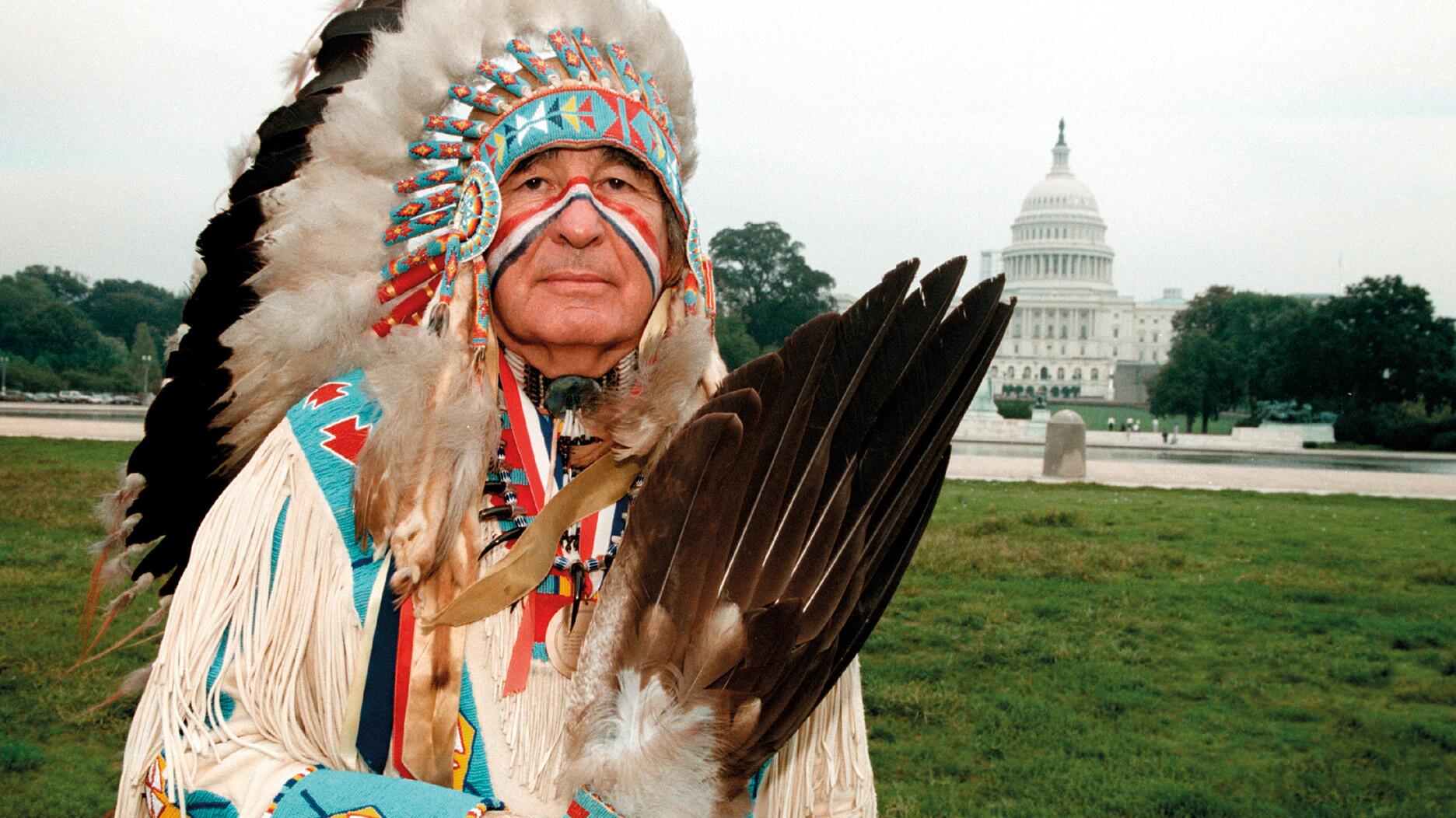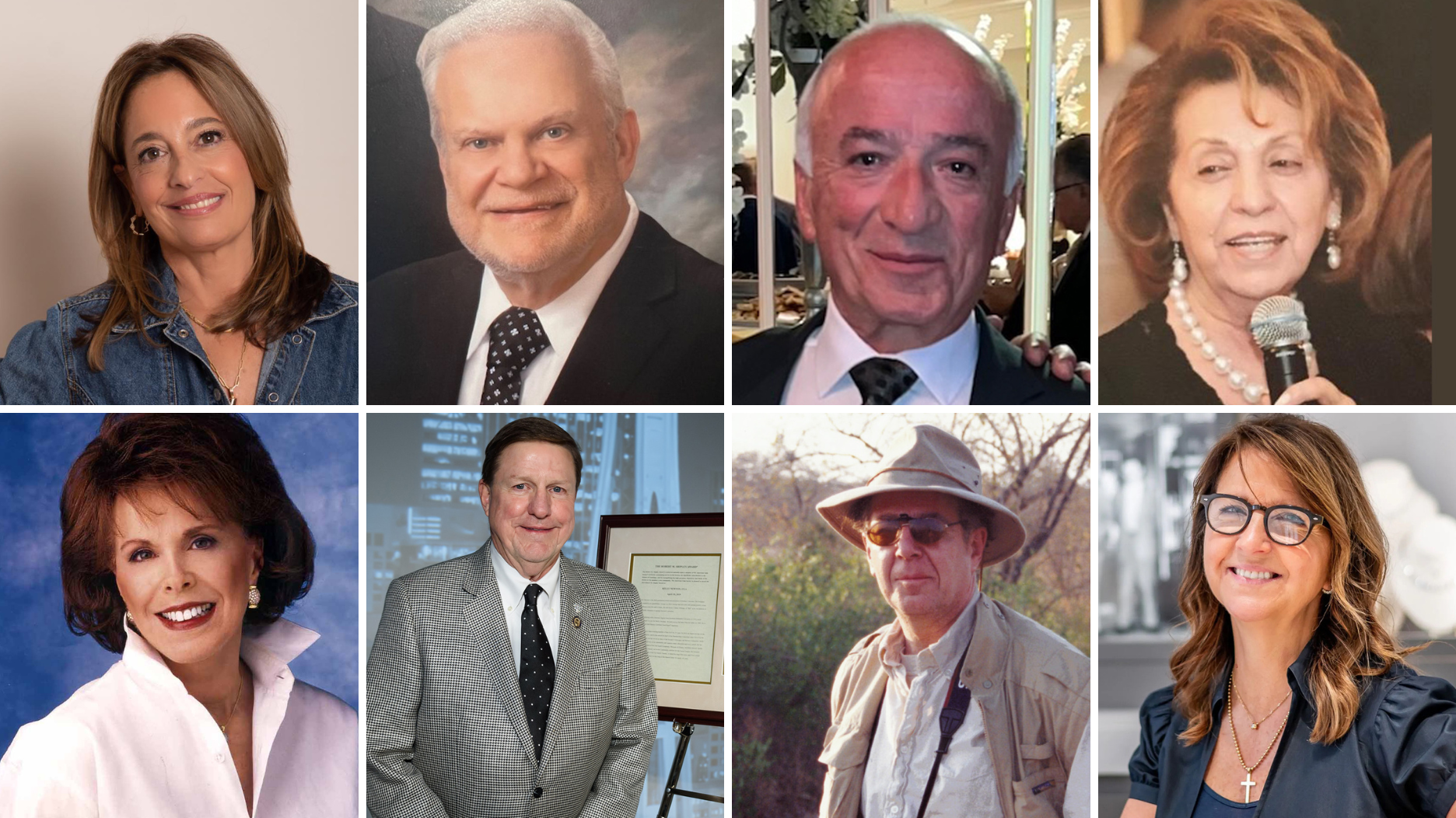Chris Blakeslee has experience at Athleta and Alo Yoga. Kendra Scott will remain on board as executive chair and chief visionary officer.
The PR Adviser: Dear Lilian …
Lilian Raji relinquishes control of her column this month to answer a question on how to obtain a licensing agreement with a major jewelry company.

Dear Lilian,
I have designed a couple proprietary pendants.
1) What is to best way to get a licensing agreement with a major jewelry company?
2) If I was to market it myself, is there a best way to do this with minimal budget?
Steve Belleville
Mystery Heart Jewelry
Dear Steve,
So I must admit--I know how to maneuver an eight-cylinder, 300-plus horsepower car through the treacherous roads of the Pacific Coast Highway at 90 mph, and I know how to avoid getting rammed by an errant motorist while driving the nerve-racking streets of Naples, Italy.
I know how to safely cut bamboo trees with a Samurai sword and I know every single line of the movie Kill Bill and can re-enact both volumes of the film for you in their entirety.
I also know how to speak French, Spanish, Italian, Japanese, Greek and the Nigerian language of Yoruba at varying levels of fluency and how to say “thank you” in 11 other languages.
What I don’t know how to do, however, is get a licensing agreement with a major jewelry company.
But, before you lose faith in me, darling Steve, I also know how to ask other people when I inevitably encounter a subject on which I know nothing.
So I turn this month’s column over to my dear friend, Dan Scott, former CMO of Scott Kay and a celebrated “brand architect.”
Dan, love, take it away!
Thanks,
Lilian
----------
Let’s begin with first defining the word “proprietary.” In intellectual property (IP) legal terms, a design that is truly proprietary needs to be first at market with proof of commerce. This means that even if someone else has a trademark, design or utility patent from the U.S. Patent and Trade Office, if you can prove you sold it before them, you could sue for infringement on the design and much more.
Once you verify you have something proprietary, the next thing to note is that any protection you have will change, or be non-existent, country to country. Every country has different requirements that must be met individually. This is critical in licensing, as any major jewelry company won’t want to limit a licensing agreement to the United States alone, although this does occur.
For instance, Hasbro only owns the rights to Scrabble in the U.S., while the name is owned by Mattel in every other country. When I marketed Scrabble-Jewelry.com, we had to prevent visitors from all countries except the U.S. from visiting the site as it features e-commerce and branding for Hasbro and their licensed partner, World Trade Jewelers.
Last point on IP--a design patent is not as strong as a utility patent. You’ll need to know what your strengths and weaknesses are in proprietary rights beforehand, as any company will assess the equity of your design in part by the value of such protection and, in many cases, base the license agreement around such equity.
Next, have you performed any market research or consumer testing to see if the product is viable?
If it’s already selling, you’re set. If not, consider a consumer evaluation report and present it with your licensing proposal. By doing so, you’ll gain a much warmer reception from a licensee, as they will want to perform local or national tests themselves before agreeing to take something on a whim.
Contact the senior marketing executive at your desired company (typically the CMO) and inquire if they have an in-house licensing group or agency, such as Iconix or Beanstalk. Present the group or agency with a nondisclosure agreement and follow with a licensing plan, a financial projection document outlining the net, wholesale and retail price with forecasted volume and reorders. This licensing plan must be formulated within each licensing sector you’re approaching.
Each licensed sector needs its own sales forecasts, typically for a three-year span. There’s also the classification of jewelry licensing: fine, bridge and costume. Smart licensees will want to own all three, but you could separate and sell them independently.
Under a typical licensing arrangement, there is a guarantee, an amount of money paid upfront when a deal is signed, regardless of the outcome, from the licensee to the licensor. There’s also a royalty percentage granted to the licensor, which varies based on the guarantee and the projected/actual sales per quarter of each year.
Expect to answer the question, “How will this be marketed?” as, too often, any licensee will expect some level of marketing dollars and/or plan to offset their own costs and time. It’s very rare for any licensee to pay out a guarantee with royalties and front all marketing costs/plans, especially for an unproven product or designer.
Two publications I highly recommend reading on a regular basis are BEL (Brand Extension Licensing) and License! for topical news and information.
To answer your second question about marketing yourself on a tight budget, I would say that marketing yourself starts with branding yourself, but there is a big difference between branding and marketing.
Branding is the process of identifying your point of difference, identifying who your customer is now and in the future, creating a strengths, weaknesses, opportunities and threats (S.W.O.T. document), and crafting the creative elements to dress the brand and make it stand apart. This includes a memorable name, logo, possible slogan and style guide to keep your brand on track and consistent.
Only after a brand plan is complete should you look at marketing. Marketing is the strategic, tactical process of the brand delivered and evaluated to your target group.
In marketing on a minimal budget, you need the right launch plan, carefully turning on and maintaining all local, grass-root, digital and in-person options. Of course, this includes all free social sites such as Facebook or Instagram, but these are not sales platforms, nor are they proven marketing platforms to convert to sales. However, on a minimal budget, social sites are awareness channels. Make sure they link to your web site.
“Marketing is sales and sales is marketing,” my mentor, the late Scott Kay, would often state. You must think of them as the same to gain the success for which you aim.
Dōmo arigatōgozaimashita, Dan! For my non-Japanese speakers, this means thank you very much, Dan!
And efcharistó (Greek for thank you) to my lovely readers. Don’t forget to send me your most pressing PR and marketing questions to answer in a future column.
Now, off to start lessons so I can add “ride a motorcycle like I’m a villain in a Mission: Impossible movie” to my list of things I know how to do. See you next month!
The Latest

The credit card companies’ surveys examined where consumers shopped, what they bought, and what they valued this holiday season.

Kimberly Miller has been promoted to the role.

How Jewelers of America’s 20 Under 40 are leading to ensure a brighter future for the jewelry industry.

The “Serenity” charm set with 13 opals is a modern amulet offering protection, guidance, and intention, the brand said.


“Bridgerton” actresses Hannah Dodd and Claudia Jessie star in the brand’s “Rules to Love By” campaign.

Founded by jeweler and sculptor Ana Khouri, the brand is “expanding the boundaries of what high jewelry can be.”

Roseco’s 704-page catalog showcases new lab-grown diamonds, findings, tools & more—available in print or interactive digital editions.

The jewelry manufacturer and supplier is going with a fiery shade it says symbolizes power and transformation.

The singer-songwriter will make her debut as the French luxury brand’s new ambassador in a campaign for its “Coco Crush” jewelry line.

The nonprofit’s new president and CEO, Annie Doresca, also began her role this month.

As the shopping mall model evolves and online retail grows, Smith shares his predictions for the future of physical stores.

The trade show is slated for Jan. 31-Feb. 2 at The Lighthouse in New York City's Chelsea neighborhood.

January’s birthstone comes in a rainbow of colors, from the traditional red to orange, purple, and green.

The annual report highlights how it supported communities in areas where natural diamonds are mined, crafted, and sold.

Footage of a fight breaking out in the NYC Diamond District was viewed millions of times on Instagram and Facebook.

The supplier has a curated list of must-have tools for jewelers doing in-house custom work this year.

The Signet Jewelers-owned store, which turned 100 last year, calls its new concept stores “The Edit.”

Linda Coutu is rejoining the precious metals provider as its director of sales.

The governing board welcomed two new members, Claire Scragg and Susan Eisen.

Sparkle with festive diamond jewelry as we celebrate the beginning of 2026.

In its annual report, Pinterest noted an increase in searches for brooches, heirloom jewelry, and ‘80s luxury.

Executive Chairman Richard Baker will take over the role as rumors swirl that a bankruptcy filing is imminent for the troubled retailer.

Mohr had just retired in June after more than two decades as Couture’s retailer liaison.

Shekhar Shah of Real Gems Inc. will serve as president of the Indian Diamond & Colorstone Association in 2026.

This year’s good luck charm features the mythical horse Pegasus, and is our first Piece of the Week of the new year.

Articles about crime, engagement rings, and a necklace worn in the World Series generated the most interest among readers.




























